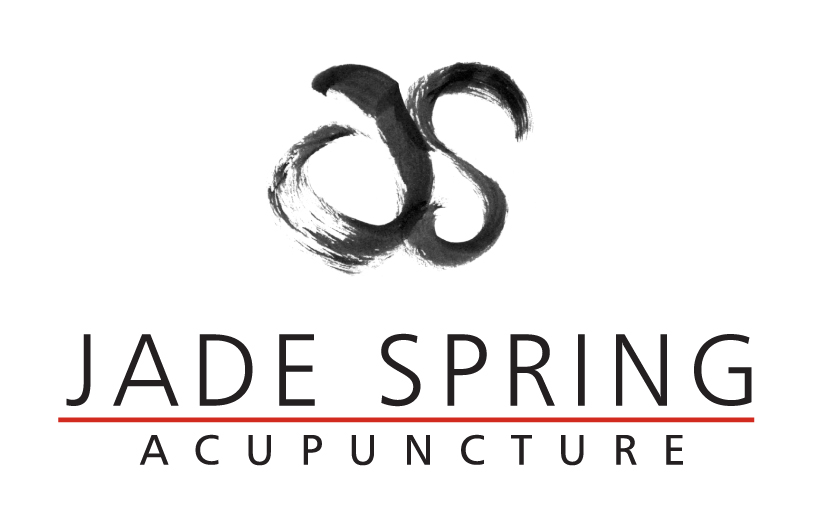Acupuncture for Migraine Headaches
According to a 2001 report from the National Institute of Neurological Disorders and Stroke, about 28 million Americans suffer from migraines, with about 5 million experiencing an attack at least once a month. I think that's a pretty high number and there is much that can be done with acupuncture and herbal medicine to alleviate the problem.
Until recently western Medicine considered migraine headaches as mainly a vascular problem but newer studies have brought to light that there is a strong neurological component, and that migraines really are complex events, including inflammation, dilation of blood vessels, activity of pain receptors and peripheral sensitization.
Even though there is an understanding of the various aspects of migraine pathophysiology, the cause and sequence of events is still not clearly understood. What is known is that stress is a major factor in the occurrence of migraines and headache. When we are under stress, our body shifts into a condition of sympathetic nervous system predominance resulting in constriction of blood vessels supplying internal organs and the head.
From a TCM perspective, migraines usually result from imbalances in the Liver, Kidney and Gall Bladder organs and/or channels and have components of both ‘deficiency’ and ‘excess’. When Yin and Blood are deficient they are less able to root Yang, which floats upwards to harass the head. The Liver is usually implicated due to its function of regulating the smooth flow of Qi. When it is unable to effectively carry out this function it will rebel - usually upward - and create headaches, and/or horizontally, invading the Stomach and Spleen, which leads to the symptoms of nausea and vomiting in some migraine sufferers. Also, the Liver channel opens into the eye, which explains why so many migraine sufferers have sharp shooting pain behind the eye.
It is interesting to note that many migraines follow the Gall Bladder channel which wraps around the entire head including the temples, forehead, and occiput. A ‘depression’ or ‘deficiency’ in the Liver channel’s ability to regulate the flow of Qi, leads to an ‘excess’ presentation of pain in its partner, the Gall Bladder channel. As a result there is pain in the temples and behind the eyes, with stiffness and discomfort of the neck and upper back.
When treating migraines using TCM methods, a two-pronged approach is usually used: One aspect of therapy will deal with decreasing and even preventing future attacks by treating the root of the condition, and the other will focus on dealing with any acute episode. Addressing the root cause will involve nourishing Yin and Blood, and also soothing the Liver. For treatment of acute migraine attacks the approach will focus more on the excess aspect of the condition, with a heavier emphasis on soothing the Liver, anchoring Yang, and stopping pain.
There is much that migraine sufferers can do for themselves to help alleviate their symptoms. Most essential is learning how to use relaxation techniques to help bring their body out of fight-or-flight sympathetic predominance (or a Liver Qi Stagnation state) into a more relaxed and balanced condition. This can be achieved through learning meditation techniques, practicing QiGong, TaiQi or Yoga, or using biofeedback as therapy.
Diet is another important factor and your acupuncturist will counsel you to avoid excessive consumption of alcohol, fried foods and red meat, all of which can contribute the Liver Qi Stagnation.
Healthline just released an interactive guide on migraine triggers that has some great resources to help migraine sufferers manage those triggers: http://www.healthline.com/health/migraine/triggers.
Adding acupuncture to your wellness routine will help you address not only the symptoms but treat the underlying imbalance causing migraines.



